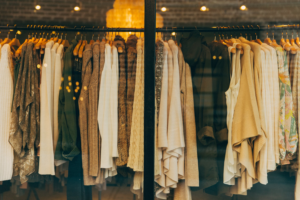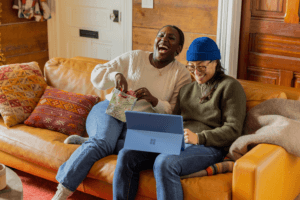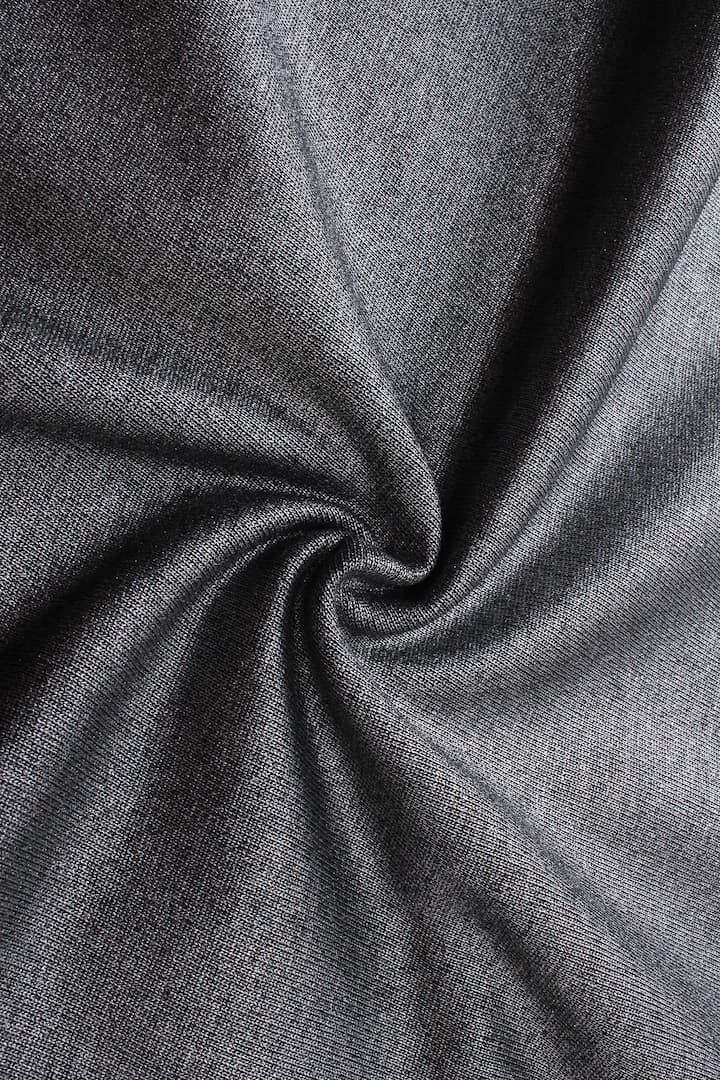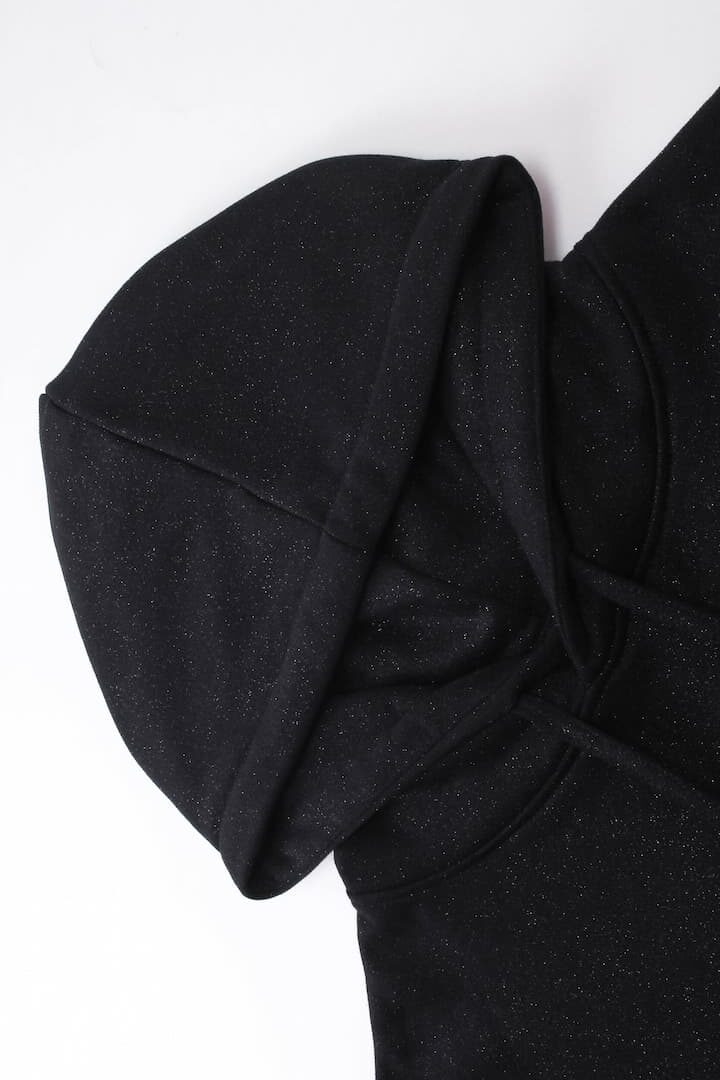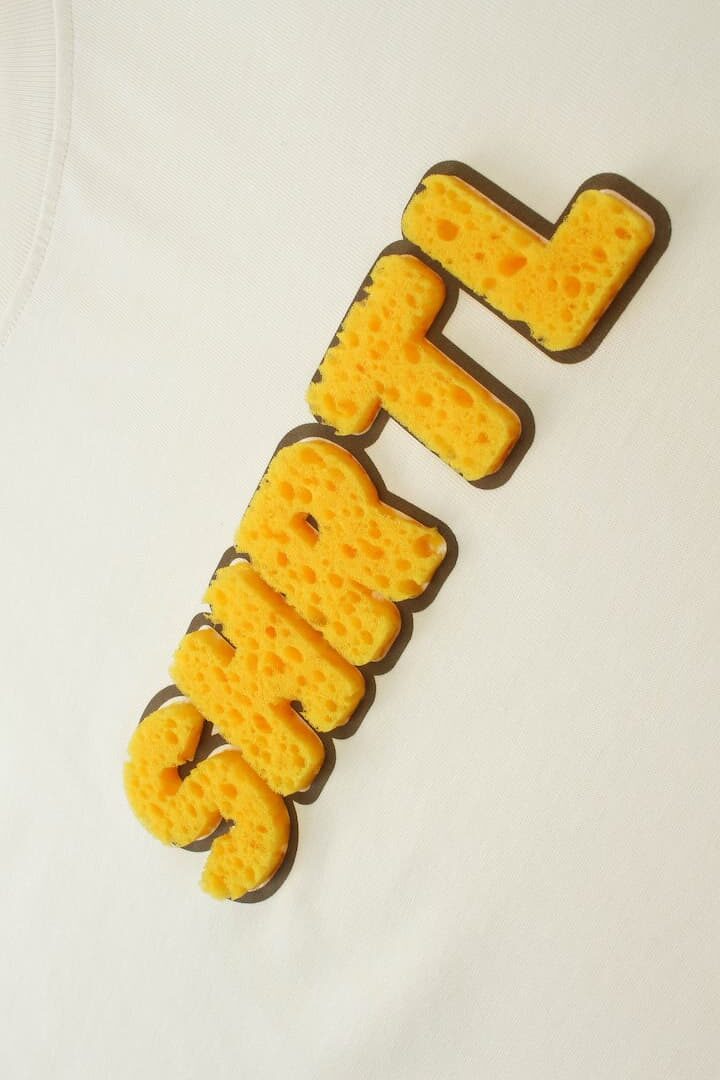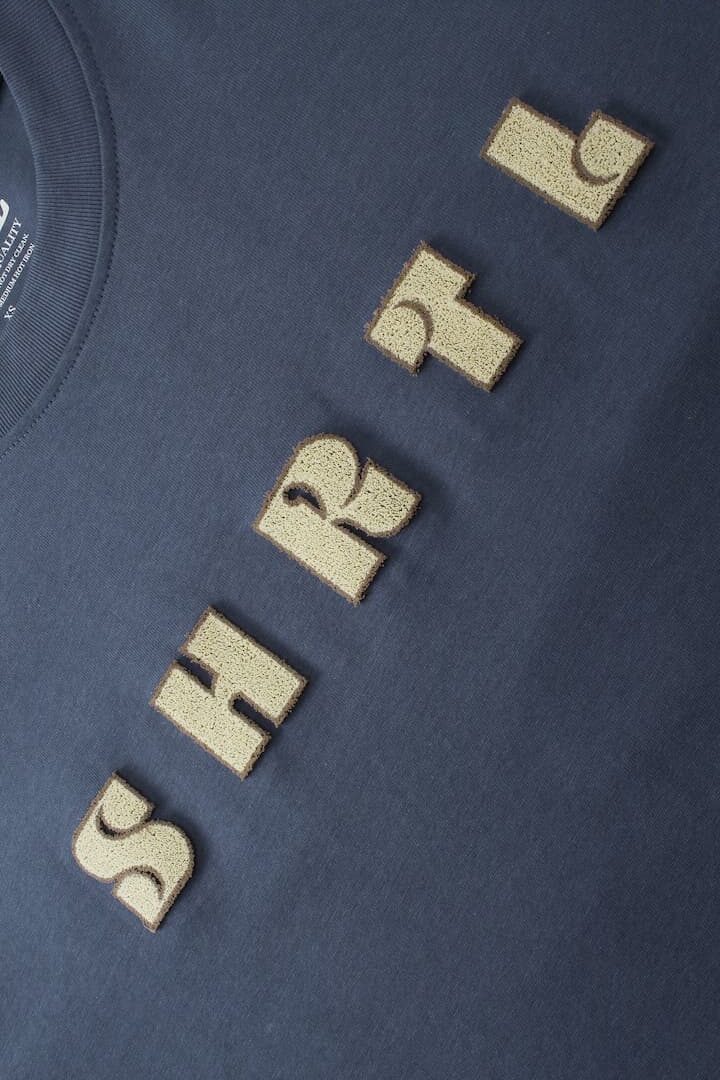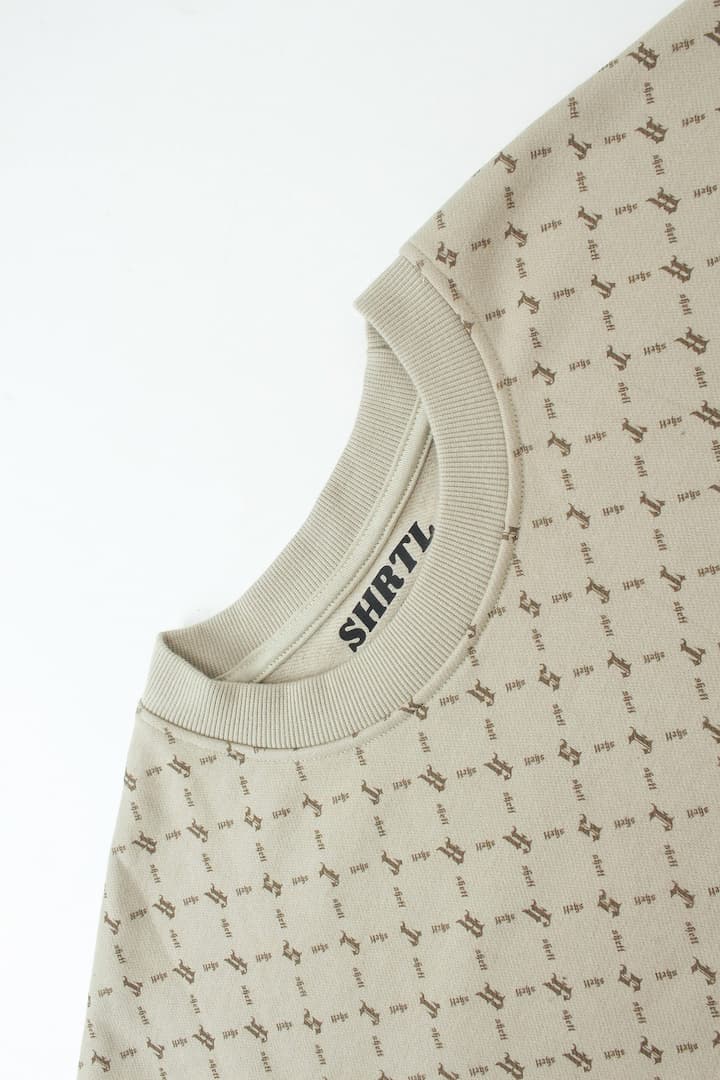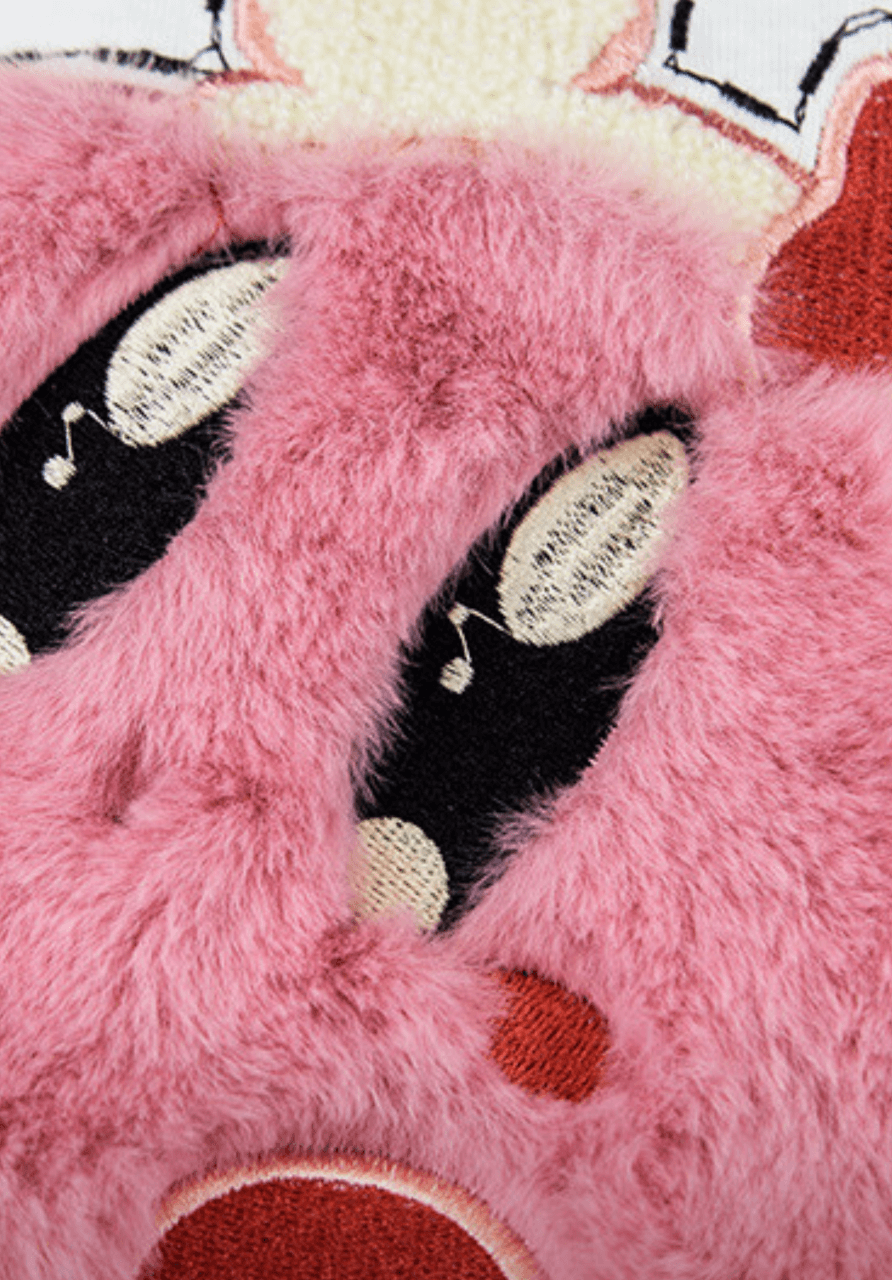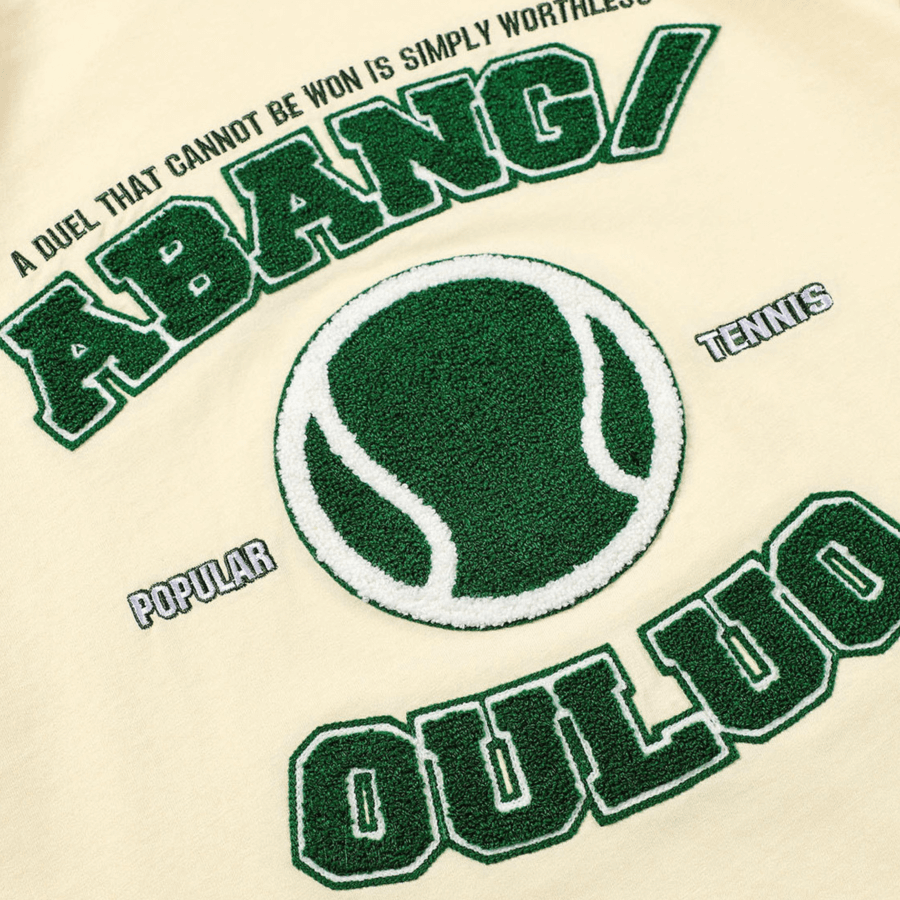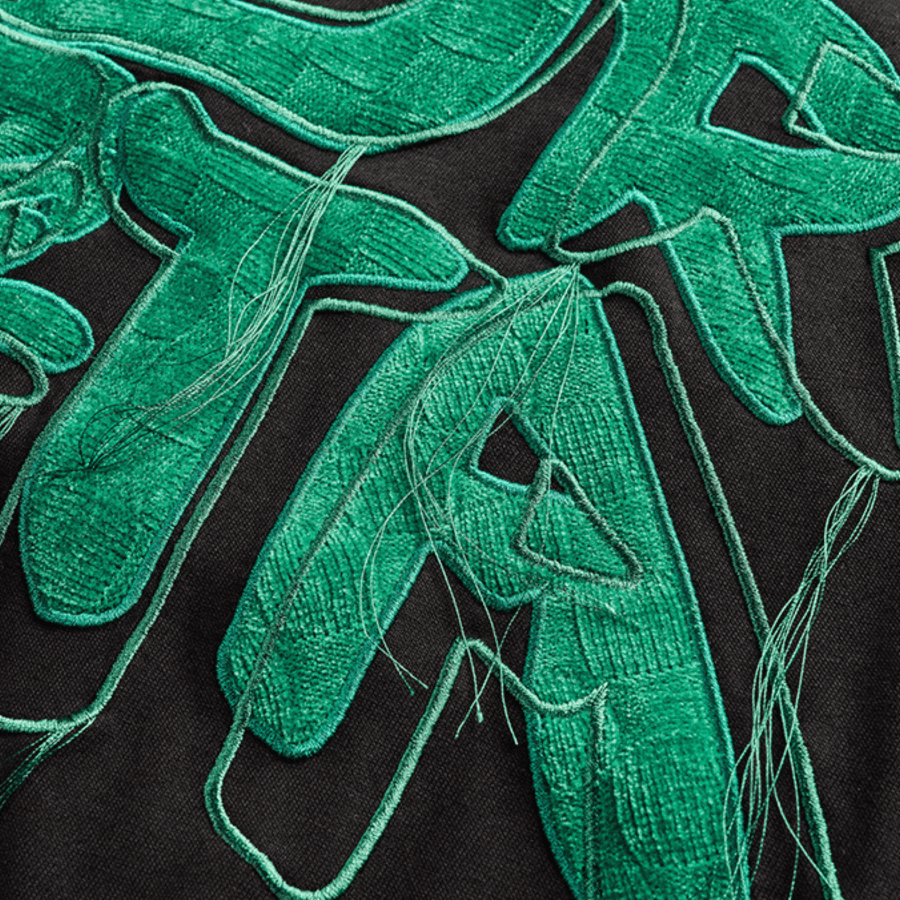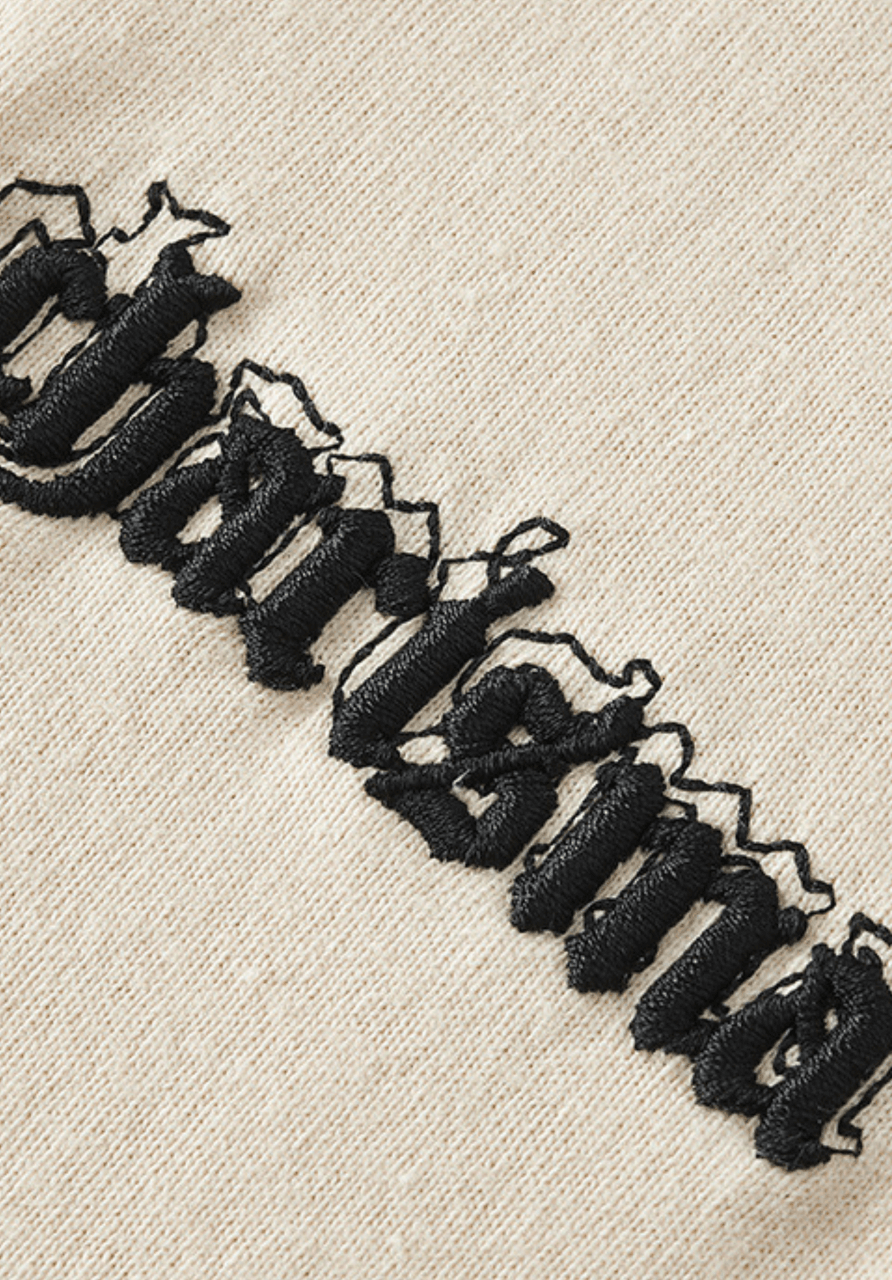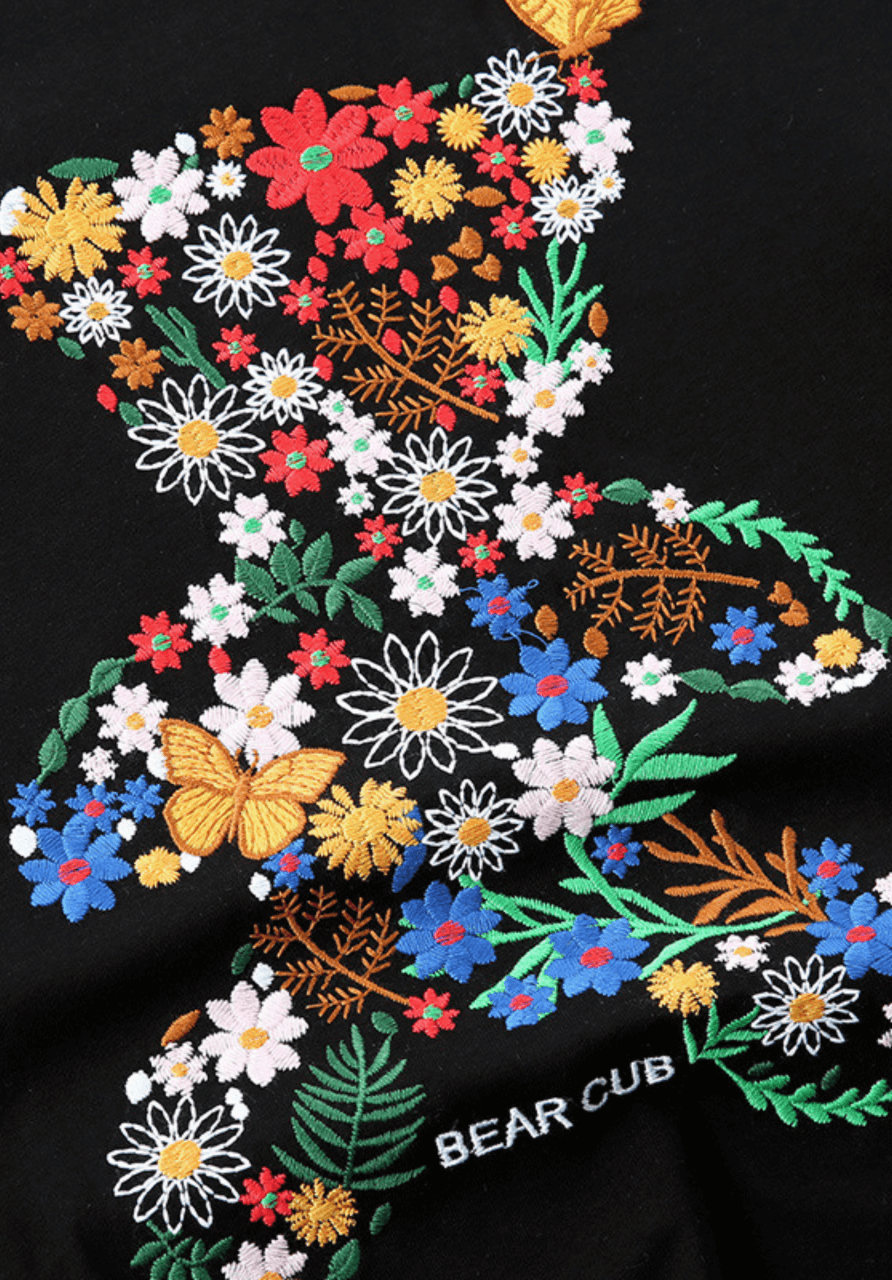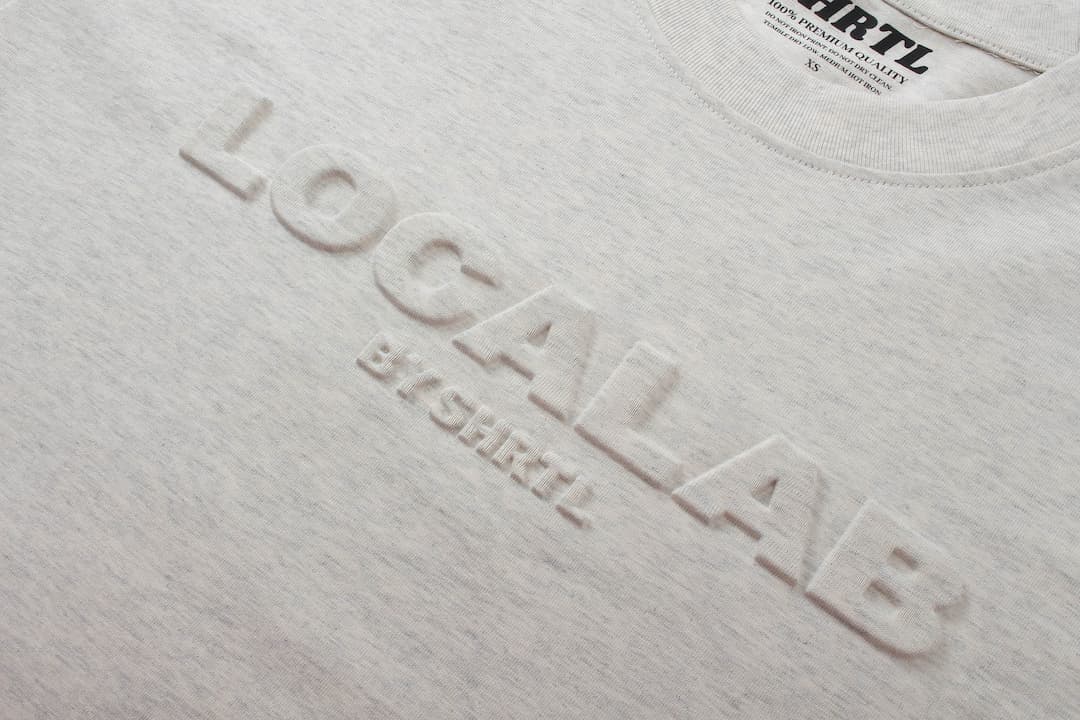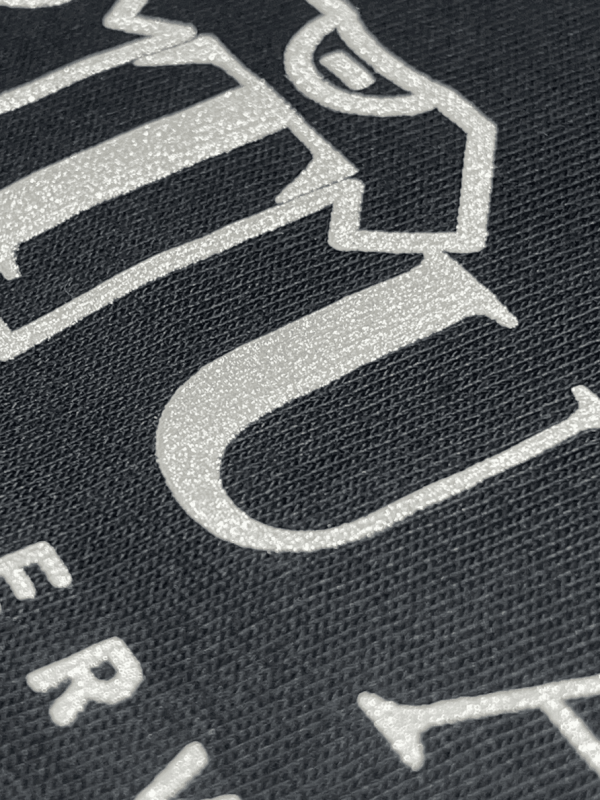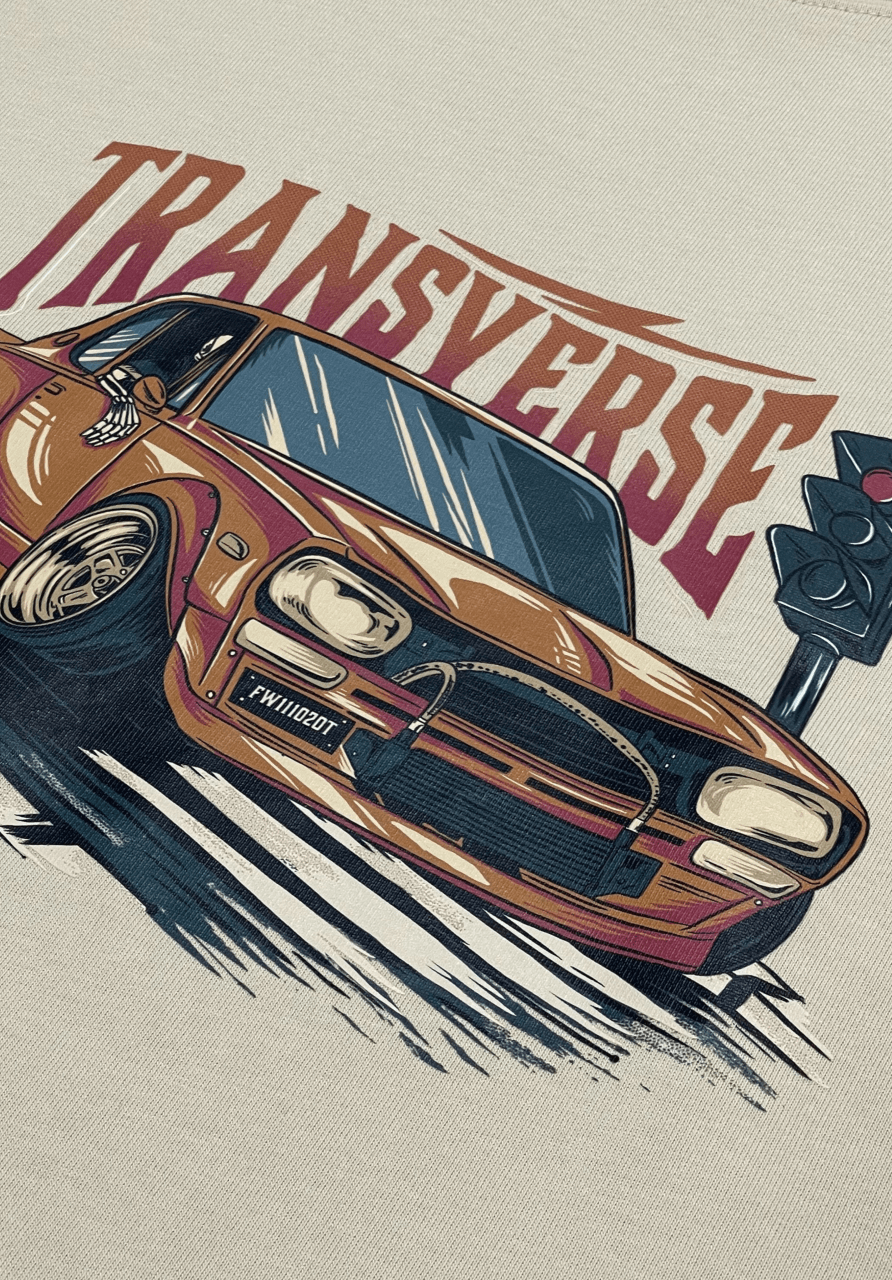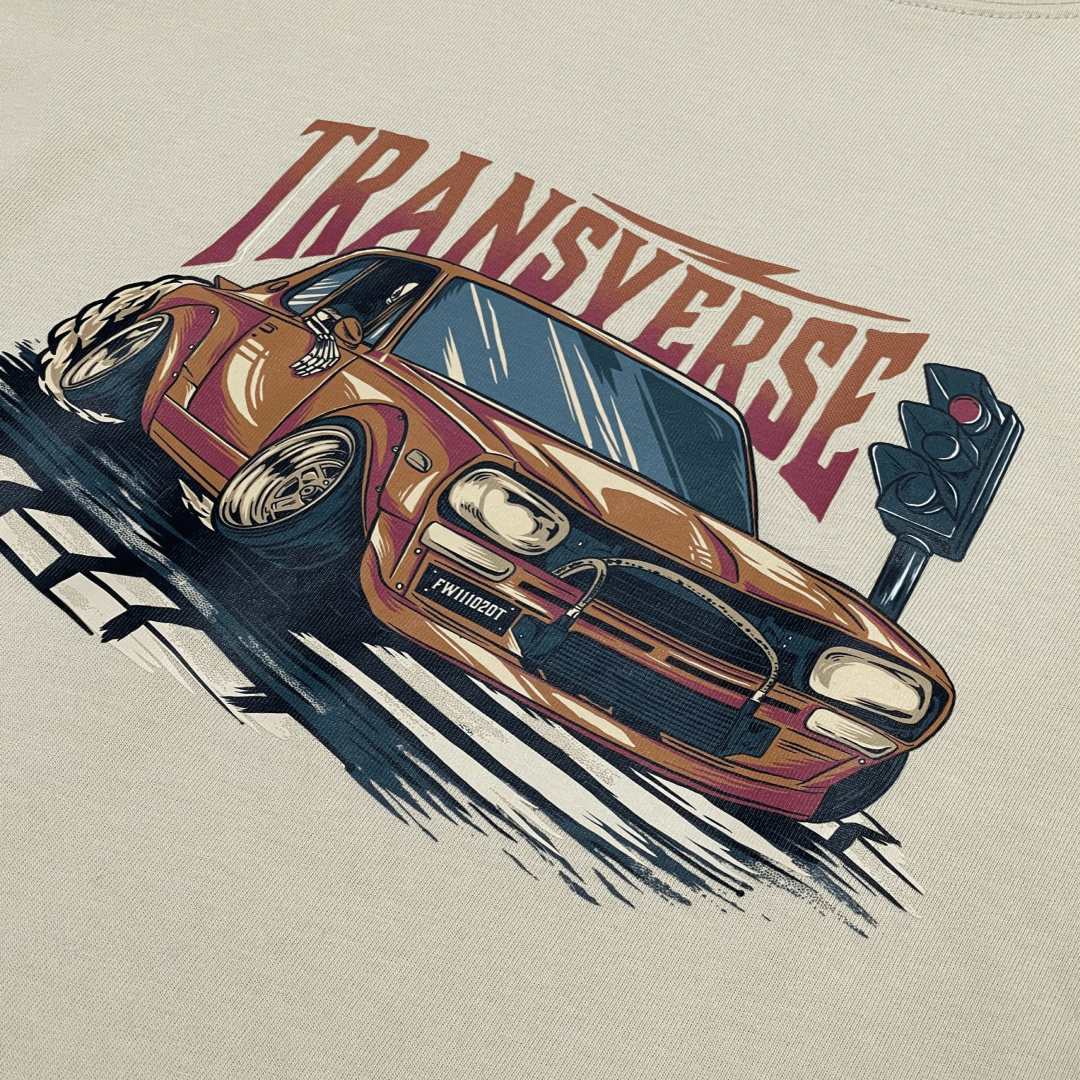
If you’re living in the present century, you’ll know how much people love social media. There are over 2 billion people on Instagram alone, not to mention other popular platforms like TikTok and YouTube. These platforms are dominated by strong personalities with access to massive audiences, and if you pay attention, some of the most successful independent brands are driven by these influencers’ recommendations. However, successful collaborations with influencers are still few and far between. How can you best use influencer marketing for your brand?
The steps are actually relatively easy, though the execution needs a lot of nuance. When you’re proposing collaborations with influencers, there’s an understanding that these people have their own brands and identities to maintain. Unlike other forms of marketing, you’re working to benefit two different parties, not just your own brand.
Great collaborations with influencers build organic awareness and trust for your products while lending credibility and content to your influencers. Undercooked collabs, meanwhile, can lead to PR disasters.
Here are a few steps you’ll have to take to make the best of your collaborations with influencers:
- Research influencers

It can’t be stressed enough that not all influencers are made equal. If you’re a sustainable clothing merchandise brand, it may make little sense to work with drama or gaming influencers, even if they have a large following. Stranger yet, smaller influencers often have more tight-knit communities receptive to their influencer’s recommendations, compared to a detached macro influencer’s primary demographic.
When selecting an influencer, consider the following:
- Platform: What kind of platform does your main audience commonly use? What tags or searches do they typically browse three on these platforms? Younger audiences for lifestyle brands selling clothes or cosmetics tend to gravitate to TikTok and Insta reels, for instance. Meanwhile, more general audiences looking for technical products may go on YouTube or search for list blogs.
- Audience: What kinds of influencers will your audience look for? Usually, an ideal influencer is someone within the same age range, gender, and mindset as the audience. There are some exceptions–for example, an older, more refined fashion blogger might cater to younger hipster demographics. However, ultimately understanding your core demographic and who they watch is key to choosing your influencer.
- Influencer Size and Potential: Consider your product. Are you selling general merchandise for mass production, or something artisanal and unique? When doing collaborations with influencers, it may be tempting to always go for the biggest numbers. If you’re trying to cater to a niche audience, though, smaller influencers with around ten thousand or fewer followers may actually connect to their audience better than mega influencers. Furthermore, if they like your merchandise, they can often be more dedicated to promoting your brand than the simple transactional natures of bigger influencers.
- Influencer Reputation: With all this being said, the most important part of researching influencers is finding out whether they’re safe to work with or not. You’re tying your brand to the influencer’s identity, after all. If these influencers get mired in a PR crisis, it’s your own brand’s neck on the line too.
2. Make an offer

Influencers aren’t like hired workers. Although influencer rates can range anywhere between $100 to $10,000 a post depending on their follower counts, the world of content creation is made for all sorts of compensation types. In that way, there are many ways to get an influencer to wear or promote your brand without breaking the bank.
Here are just a few of the basic offers you may give to your influencer:
- Paid Sponsorships
A paid sponsorship is as simple as it gets–you pay a fee to the influencer, and the influencer makes several posts promoting your product. The range of these prices can vary from platform to platform.
Right now, Instagram influencer fees might be on the pricy end, but the most popular app for young people (TikTok) can have prices ranging from $25 to $2400. These are all per post and based on follower count, so keep that in mind.
- Gift products
Gift promotion requests are also a popular method of compensation, especially for smaller creators. Considering the size of their platform, offering a gifted product can also give them content and build a rapport for future marketing campaigns.
Keep in mind, however, that larger creators often receive many gifts from other brands already. You may have trouble fully reaching them in this case, and paid sponsorships might sound more appealing.
- Partnerships
If you truly trust an influencer and believe your collaboration will be synergistic for both of you, consider the partnership route. Partnerships are similar to paid sponsorships, but they depend on the success of your mutual campaign. You can establish an affiliate link on a seller website like Shopify, and your partners get a percentage of every sale when people purchase from that link.
In other words, your influencers are actively incentivized to earn more based on how well they promote your product. It’s a nice trade that encourages influencers to work alongside your brand, not just with it.
3. Negotiate deliverables

Once an influencer has accepted your offer, they’ll likely inquire about the deliverables you’ll need. An effective influencer marketing campaign may need anywhere between 2-3 posts or a dozen or so, depending on the product. However, if you’re working with multiple influencers at once, you can limit it to a single post each and spread your brand awareness a bit.
Keep in mind that different platforms and algorithms may need different approaches to optimize reach. If you’re working with a long-term influencer on Instagram, for instance, you may want them to post 4 to 10 times a month. TikTok influencers may want 6 times a month, and YouTube 3 videos a month. This is because each platform’s algorithm pushes different frequencies of content, which you’ll want to know beforehand.
4. Monitor collaboration results

The final step of collaborating with an influencer is gauging how effective their results are. Was the collaboration able to reach your KPIs? How did their audience react to your product? Would they be open to more collaborations in the future? Understanding these things is key to building experience in collaborations with influencers, and eventually leading to the perfect collab for both of you.





